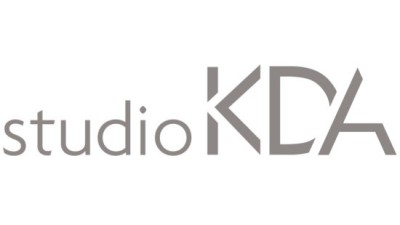The Business Case For Designing Shared Spaces

The U.S. multifamily landscape is experiencing a major shift. Millennials and younger generations are settling down later in life, and as a result, more are renting apartments instead of buying property. Approximately 60% of millennials actively choose to rent, Goldman Sachs reported. As the largest generation in U.S. history, they are reshaping the housing and rental market.
Today’s renters want living spaces that offer outdoor and common areas that promote a sense of community. In a National Apartment Association survey, half of the top 10 multifamily amenities included community spaces. Multifamily developers are meeting these evolving tenant demands by providing flexible social spaces that serve multiple purposes. Instead of treating social spaces as added amenities, developers are looking at these features as essential components of the building program.
”We don’t even call them amenities anymore,” Studio KDA founding principal Charles Kahn said. “That suggests they are an afterthought, something to shove in the leftover corners of the ‘real’ design. Instead, we think of them more as keystone spaces that are central to the building’s design and function.”
Amenities like fitness centers, cafés and rooftops are now the heart of multifamily buildings. Once desirable, nice-to-have additions, these spaces have become major attractions for a building because they promote human interaction and connection between tenants. Architects are designing buildings to support and complement these community spaces.
“We are increasingly being tasked with shifting functions that used to be auxiliary, such as green space and common areas, into central functions of a building,” Kahn said. “As the demand for community and shared space continues to dominate real estate, I expect these concepts will become even more prevalent in the architecture and design sphere.”

As developers compete for tenants, offering more social spaces can give them a competitive advantage. But some struggle to find enough room in their building to fit these spaces. One solution to this problem is to make spaces work for several uses. For instance, an architect could design a ground-floor café with a retractable wall that allows tenants to access a gallery space that flows into the building lobby.
“Tenants are looking for community, but on their own terms,” Kahn said. “Designing to foster community takes many forms, especially as technology and information continues to redefine how we interact with one another. It’s essential to provide a variety of options for ‘social spaces,’ from formal gathering spaces to environments that encourage casual encounters.”
By creating different types of spaces in their buildings, developers are becoming experts in more than one asset. It is no longer enough to specialize in one type of building, Kahn said. As the lines between multifamily, retail, office and hospitality blur, developers are providing first-class fitness centers, lounges, cafés and, in some cases, rooftop gardens to meet the increasing expectations of tenants.
“Developers are realizing that auxiliary uses such as coworking, fitness and dining can also be centers for profit,” Kahn said. "Independent operators can provide fitness or coworking businesses within a building, and these businesses often offer discounted services to residents. These offerings add value to the building and make it more attractive to prospective tenants, and they also help the project financially.”
To enhance their projects, developers are focusing their efforts on using shared spaces to help brand their projects and appeal to prospective tenants.
“Investing in a unique look-and-feel concept with distinctive material palettes, beautiful lighting and attentive acoustics can distinguish a project from the rest of the pack,” Studio KDA Head of Interior Design Marites Abueg said. “When these spaces are well-designed, comfortable and multifunctional, they can bring people together in unexpected and connective ways.”
This feature was produced in collaboration between Bisnow Branded Content and Studio KDA. Bisnow news staff was not involved in the production of this content.

